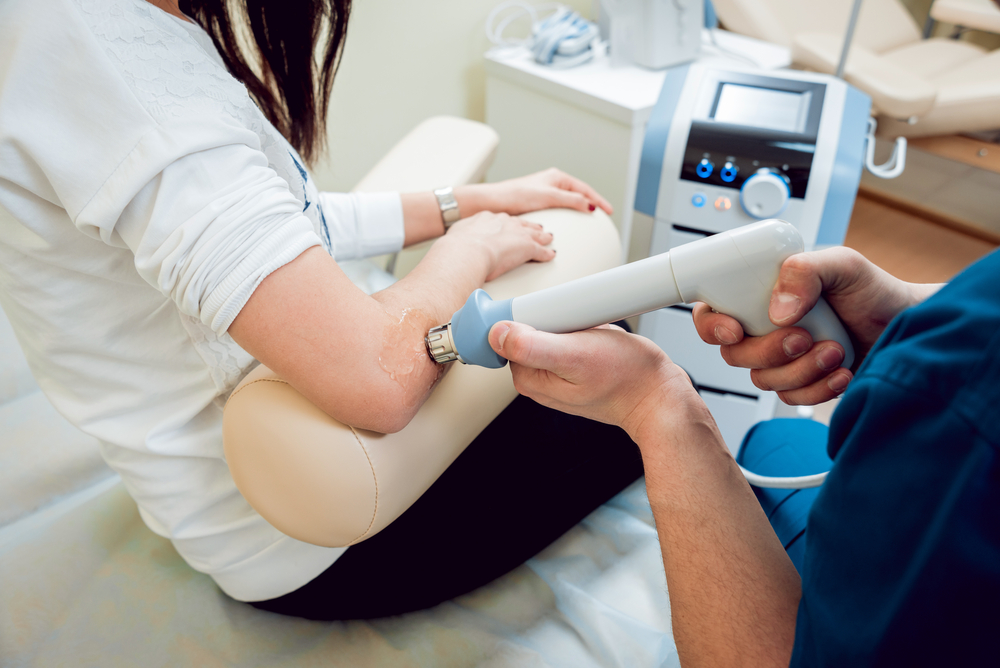Non-invasive Shock Wave Therapy Speeds Healing of Digital Ulcers in Systemic Sclerosis, Study Shows

Non-invasive extracorporeal shock wave therapy (ESWT) was shown to significantly improve the wound healing process in patients with systemic sclerosis and digital ulcers.
Results from the study, presented at the 2017 ACR/ARHP Annual Meeting in San Diego, suggest that ESWT can be safely used as a therapeutic option to treat systemic sclerosis.
Patients with systemic sclerosis frequently develop what is called Raynaud’s phenomenon — deficient blood flow to the fingers and toes due to constriction of tissues. This can lead to tissue damage and the development of digital skin ulcers.
Treatments such as immunosuppressive drugs, vasodilators, and anticoagulants are ineffective in Raynaud’s phenomenon. Other strategies to improve blood supply and help wound healing have been proposed as a result, including ESWT.
ESWT is a non-invasive technique that has been used for about 30 years to disintegrate urinary stones, but it has also been applied to treat several orthopedic and traumatic conditions, including problematic soft tissue wounds.
This technology has been shown to effectively stimulate the production of growth factors and induce the formation of new blood vessels, all steps required for proper wound healing.
In the study “Non-Randomized Controlled Trial to Evaluate the Effect of Extracorporeal Shock Wave Therapy on Digital Ulcers in Systemic Sclerosis,” a team of Japanese researchers evaluated the efficacy and safety of ESWT in treating skin ulcers in patients with systemic sclerosis.
The study included 60 systemic sclerosis patients with refractory digital ulcers. They had been previously treated with the intravenous vasodilator prostaglandin E1 for at least four weeks. Thirty patients were treated with ESWT and the remaining 30 continued on the conventional therapy as a control group.
ESWT was found to induce clinically meaningful improvement in the recovery of digital ulcers in patients. After eight weeks of treatment, patients given ESWT had a mean decrease of 4.47 in the number of ulcers compared to 0.83 in the control group.
The average number of new ulcers in the ESWT-treated group was 0.23, and 1.57 in the controls. A total of 21 patients who receive ESWT reduced the number of ulcers by 70% or more; a level achieved by eight patients on the standard therapy.
No serious ESWT-related adverse events were reported.
“After 8 weeks, ESWT demonstrated clinically meaningful improvement in SSc patients with refractory digital ulcers. This treatment is well-tolerated and minimally invasive, can be repeated without adverse effects, and requires no anesthesia,” the researchers concluded. “Overall, the results of our study suggest that ESWT is a novel and efficacious treatment that can be added to pharmacologic therapy.”






